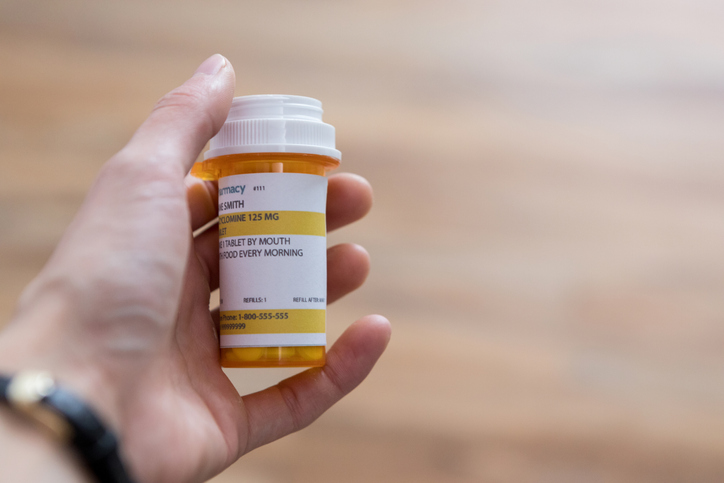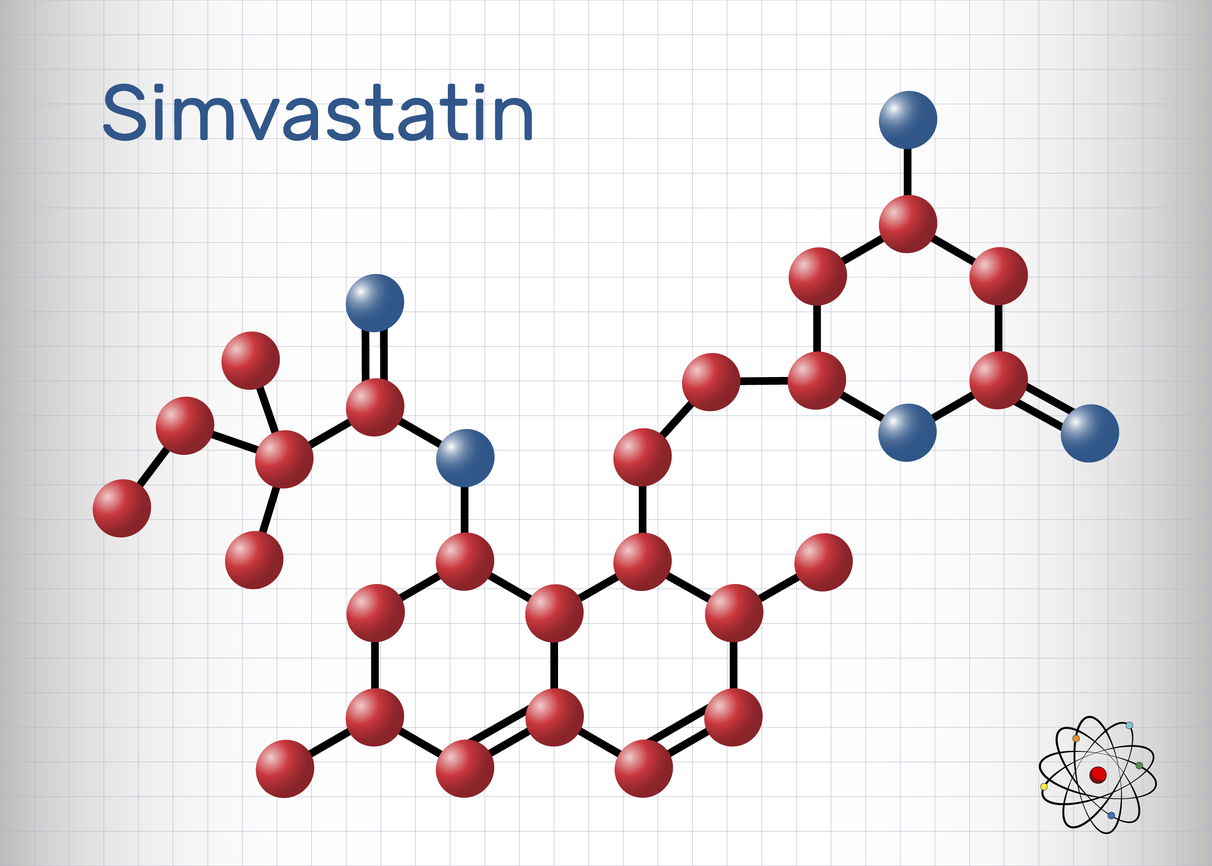Pain
Prescription Medication Treatment for Complex Regional Pain Syndrome (CRPS)

What is complex regional pain syndrome (CRPS)?
Complex regional pain syndrome (CRPS), also called reflex sympathetic dystrophy syndrome (RSDS), is a type of chronic pain condition. It typically occurs after an injury and affects one limb (arm, leg, hand or foot). Though complex regional pain syndrome is not yet completely understood, it is believed that CRPS develops when the central or peripheral nervous system is damaged or malfunctions. It may also be caused by an immune system response. Treatment for complex regional pain syndrome can be complex. Oftentimes, an individually tailored combination of treatments is most effective.
Prescription medication treatment
While no certain medication is approved specifically for complex regional pain syndrome, a health care provider may prescribe medications to treat CRPS symptoms. These medications are often effective, especially if medication therapy is started in the early stages of CRPS.
- Antidepressants and/or anticonvulsants are often used to treat neuropathic pain. Anticonvulsants, such as gabapentin or pregabalin, or antidepressants, such as amitriptyline, duloxetine or nortriptyline, may reduce the pain originating from the damaged nerve fibers associated with CRPS.
- Corticosteroids, such as prednisone or methylprednisolone, reduce inflammation which often improves mobility. These medications should be used in the early stages of CRPS.
- Bone-loss medications, such as alendronate, zoledronic acid or calcitonin, may be prescribed to prevent bone loss that may occur in the affected site of CRPS.
- Opioid medications, such as oxycodone, morphine, hydrocodone or fentanyl, may be prescribed to treat pain symptoms associated with CRPS. These medications should be taken only as prescribed, and usage should be closely monitored by a physician.
- Sympathetic nerve blocks may reduce pain. An anesthetic is injected close to the spine to improve blood flow and block the activity of sympathetic nerves, which are part of the nervous system.
- Ketamine infusions consist of a low-dose, strong anesthetic that is injected intravenously for several days to alleviate or reduce pain. However, mobility does not generally improve with these injections. Ketamine infusions are often useful when other treatments do not reduce pain levels.
- Intravenous immunoglobulin (IVIG) decreases pain and boosts the immune system to fight off infections. Immunoglobulin, an integral part of blood plasma, contains beneficial antibodies.
- Intrathecal drug pumps (pain pumps) disburse medications, such as pain medications, into the spinal cord fluid. A pain pump delivers much lower doses of medication into the body in comparison to oral administration of a medication; this results in a decreased risk of side effects. Also, intrathecal drug pump delivery, as opposed to oral administration, increases the effectiveness of the medication. The newest non-opioid pain medication, ziconotide, is only available via a pump.
- OnabotulinumtoxinA injections are injected into muscles. This relaxes the muscles which may reduce CRPS pain.
Any medication or combination of medications can have side effects. It is important to consult a health care provider about any side effects experienced while taking any medication.


















